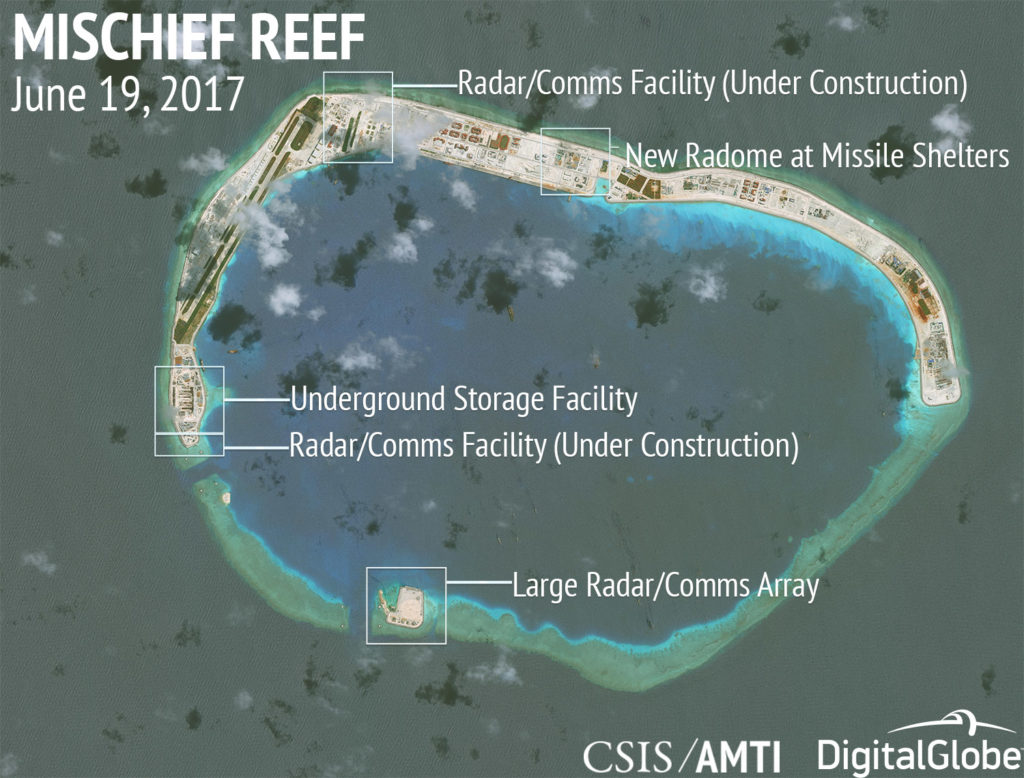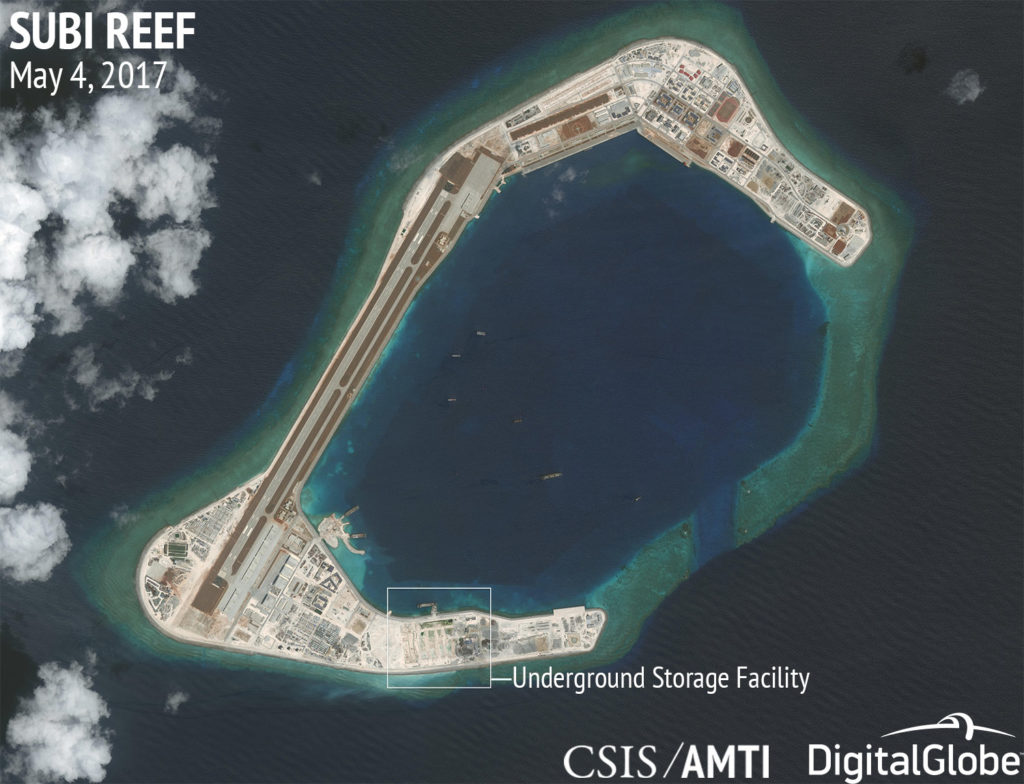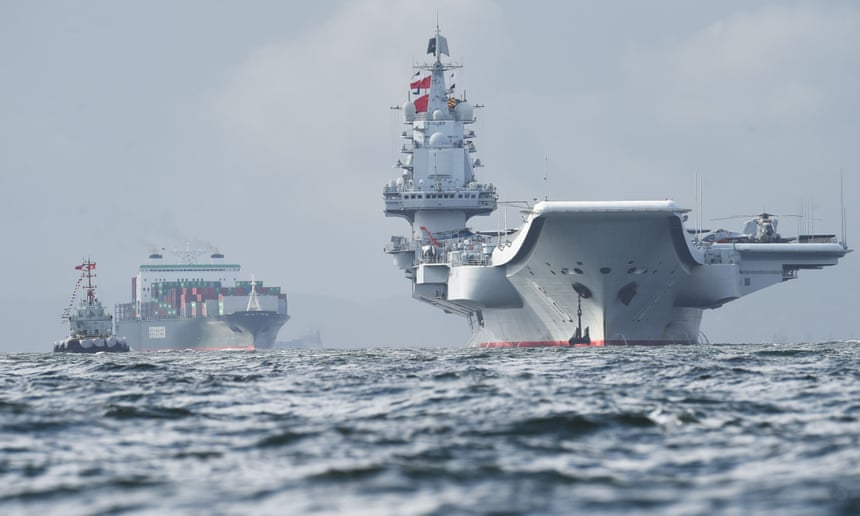What can global leaders do to avoid this scenario? Singer says the leaders of Japan, China, and the United States must become better aware of potential flashpoints and how they might get out of hand through various escalation scenarios. In particular, he says, civilian leaders do not adequately understand the complexity of the defense side and the likelihood of a crisis in the East China Sea. Because of this, Singer advises all three governments to be more open about their “red lines”: first, decide for themselves what adversary actions would drive them to declare war, and second, make this crystal clear to each others’ leaders. He also recommends that Japan and the United States improve deterrence through defense spending and better cooperation between the U.S. military and the Japanese self-defense force.
Thomas Berger, a Boston University international-relations professor who specializes in East Asia, divides potential solutions into “management” and “reconciliation.” Berger notes that China wants to “
win without fighting” — to force Japan to give up the Senkakus without going to war. But if Japan continues to assert its sovereignty, and if the United States refuses to abandon its ally on this issue, Berger argues that in the short term Washington must pursue a strategy of managing the situation. “To do this, it must signal through military exercises and defense investments that it is committed to its alliance with Japan, thus deterring China from invading the Senkaku Islands,” he says.
In the long term, Berger argues, China and Japan should work together to defuse the situation in a policy of “reconciliation.” They might, for example, reach an agreement that divides the resources in the waters surrounding the Senkaku Islands, while leaving the issue of sovereignty untouched. Another potential solution is a “ritualized system” in which China softens its rhetoric and shrinks its military presence in the area, while still asserting its sovereignty by routinely sending ships into the disputed waters. Finally, Berger suggests that Chinese leaders might publicly “shelve” the Senkaku Islands issue, as
Deng Xiaoping did in 1978, effectively recognizing the intractability of the dispute and focusing on other matters in the Sino-Japanese relationship. He says the “ball is in China’s court” for reconciliation with Japan.






